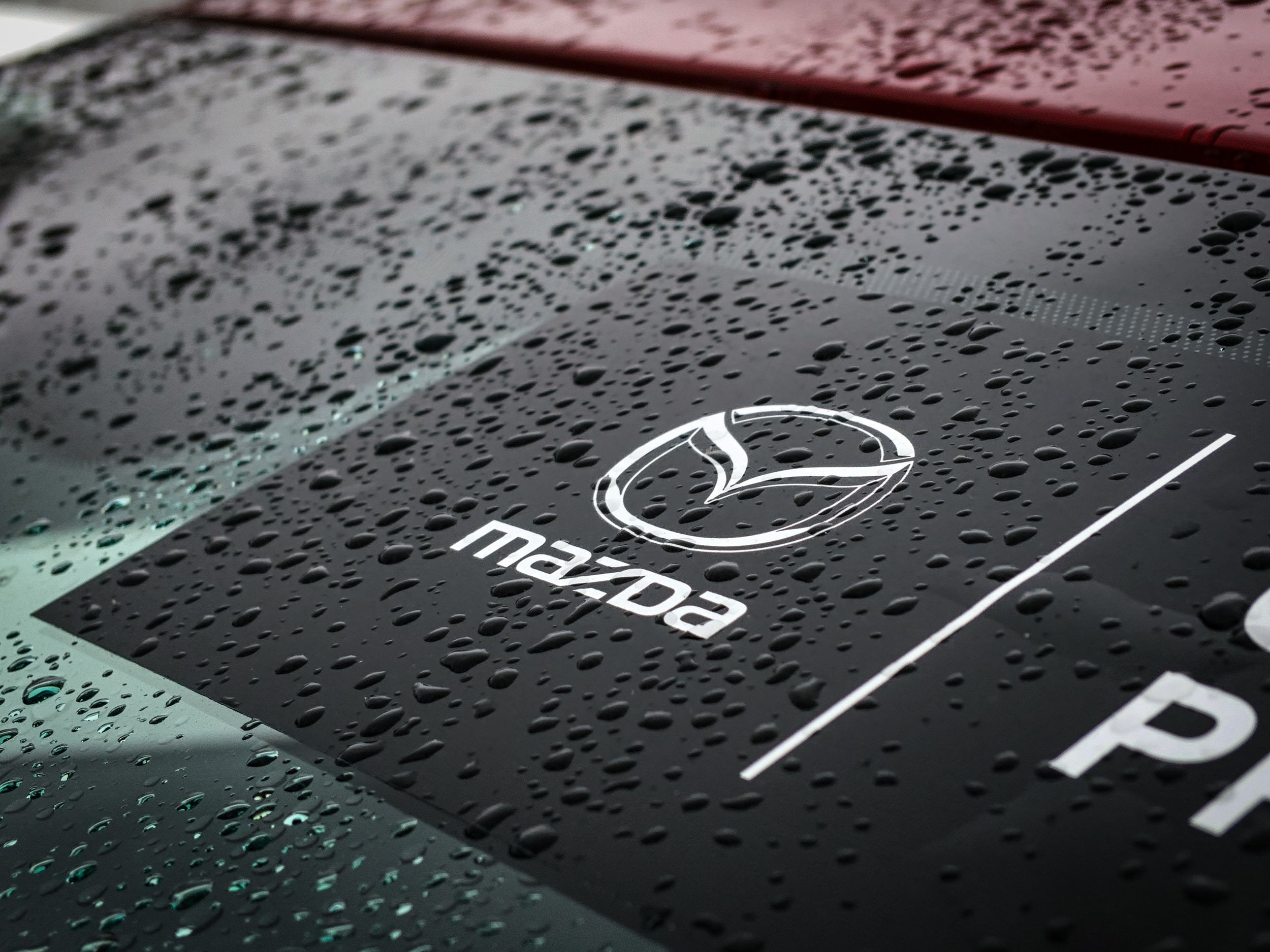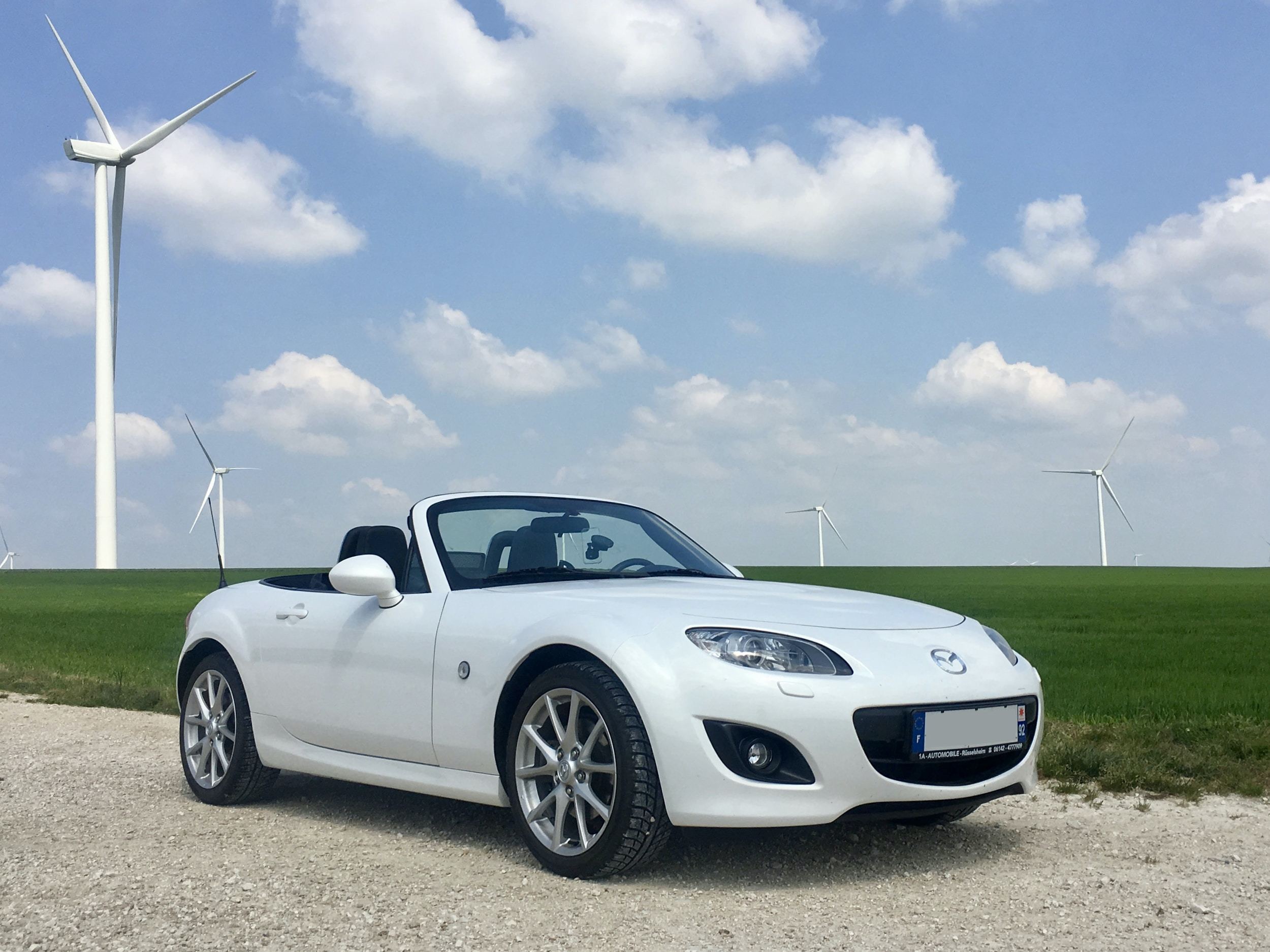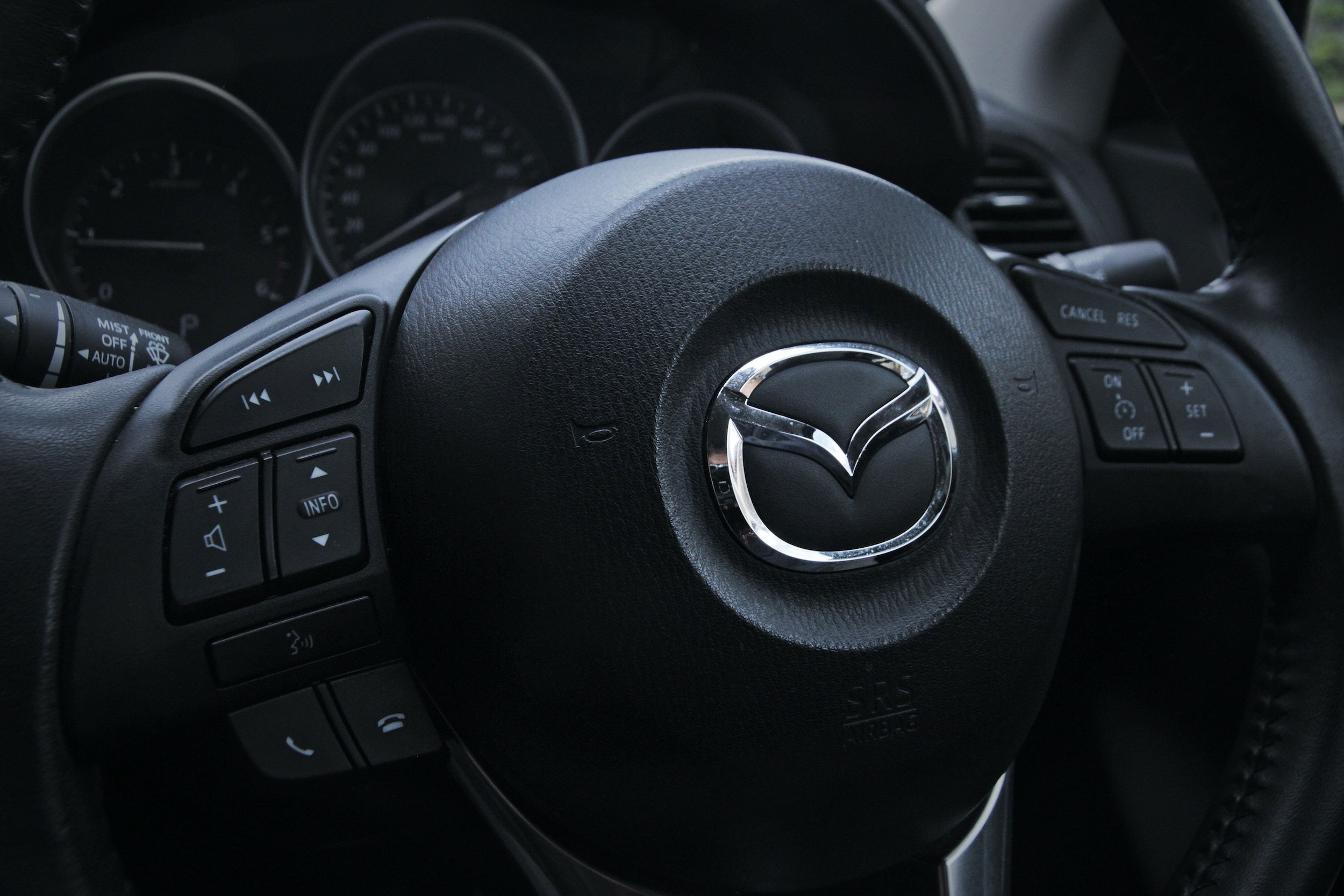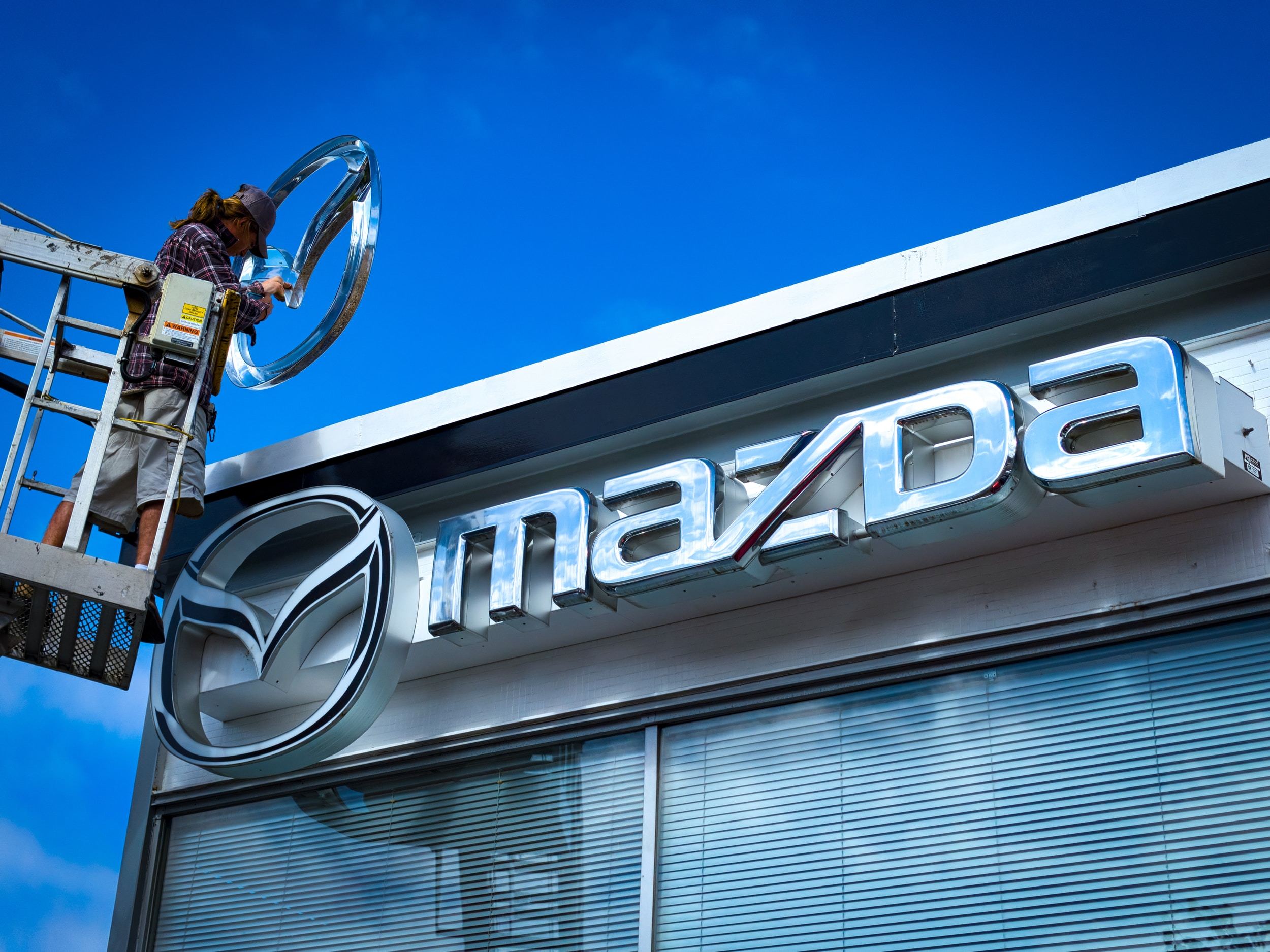In the annals of automotive history, some names resonate with the distinct echo of innovation, resilience, and a unique vision. One such name is Mazda, a Japanese automaker renowned for its commitment to quality, design, and technological advancements.
The inception of Mazda dates back to 1920 in Hiroshima, Japan, under the name Toyo Cork Kogyo Co., Ltd. Founded by industrialist Jujiro Matsuda, it initially produced cork materials but soon shifted its focus to machine tools.
The company's first foray into the automotive industry was in 1931 with the production of the Mazda-Go, a three-wheeled truck that resembled a motorcycle with a cargo carrier. This marked a significant milestone in Mazda's journey, paving the way for the company's future automotive pursuits.
Related Reading: The Legacy Of The Prancing Horse: An In-depth Study on Historic Ferrari Models
The Meaning Of Mazda

The name 'Mazda' was formally adopted in 1984, inspired by Ahura Mazda, the ancient Persian god of light and wisdom. This name also phonetically resonates with the founder's name, Matsuda, symbolizing the beginning of a new era for the company.
During the 1960s, Mazda delved into the development of the rotary engine, a radical departure from traditional piston engines. The rotary engine, known for its compact size and high power output, was a revolutionary concept that Mazda took from an innovative idea to a practical reality.
The Cosmo Sport 110S, launched in 1967, was the first production car to feature this engine. This vehicle not only personified Mazda's innovative spirit but also established the brand as a frontrunner in engineering and design.
Mazda's commitment to the rotary engine was tested in the 1970s amidst the global energy crisis. Despite the engine's higher fuel consumption, Mazda chose not to abandon its unique technology. Instead, it worked relentlessly on improving the engine's efficiency, a testament to the company's resilience and dedication to its vision.
Mazda entered the 1980s with several iconic models, including the phenomenal Mazda RX-7 and the Mazda 626. However, the most notable was undoubtedly the Mazda MX-5 Miata, launched in 1989.

This lightweight, two-seater roadster was a tribute to the classic British sports cars of the 1950s and 1960s. The Miata, known for its affordability, reliability, and fun-to-drive nature, quickly became a best-seller, garnering a cult-like following that endures to this day.
The Mazda-Ford Partnership

In 1979, Mazda forged a strategic partnership with Ford Motor Company that lasted for over three decades. This alliance resulted in the exchange of technology and designs, leading to several successful joint-venture vehicles.
Ford's investment helped Mazda during a financially challenging period, and in return, Mazda provided Ford with valuable compact car technology. Here is a brief history of the Mazda-Ford partnership:
Early Collaboration (1970s-1980s):
- In 1979, Ford Motor Company purchased a 25% stake in Mazda, becoming its largest shareholder.
- The two companies began collaborating on various projects, including the development of engines and vehicles.
- Mazda's expertise in rotary engines was of particular interest to Ford, and they worked together on the development of the Ford Courier/Mazda B-Series pickup trucks.
Mazda-Ford Joint Ventures And Shared Platforms (1990s):
- In the 1990s, Mazda and Ford collaborated on several joint ventures and shared vehicle platforms.
- They jointly developed the Mazda 121/Ford Festiva and the Mazda 323/Ford Escort, which were sold under different brand names in different markets.
- Mazda also utilized Ford platforms for some of its vehicles, such as the Mazda Tribute, which shared its platform with the Ford Escape.
Ford Ownership Increase (1996):
- In 1996, Ford increased its ownership stake in Mazda from 25% to 33.4%, effectively becoming Mazda's largest shareholder.
- This allowed Ford to have a greater influence on Mazda's operations and strategic decisions.
Ford's Control And Restructuring Of Mazda (2000s):
- In the early 2000s, Ford took a more active role in Mazda's management and initiated a restructuring process.
- Ford's influence led to cost-saving measures, platform sharing, and the development of joint technologies.
- During this period, Mazda benefited from Ford's financial and technological resources, particularly in the areas of manufacturing and development.
Ford's Reduction In Ownership Of Mazda(2008-2015):
- In 2008, Ford began reducing its ownership stake in Mazda due to financial difficulties and a need to focus on its core operations.
- By 2015, Ford had sold off its remaining shares, effectively ending its controlling interest in Mazda.
- However, the two companies continued to maintain a collaborative relationship on specific projects.
Mazda’s Post-Ford Partnership (2010s-present):
- Following Ford's reduction in ownership, Mazda regained more independence and focused on developing its own technologies and designs.
- Mazda introduced its SkyActiv technologies, which encompassed fuel-efficient engines, transmissions, and lightweight vehicle architectures.
- In recent years, Mazda has sought partnerships with other automakers, such as Toyota, to jointly develop electric vehicle technologies.
While the Ford-Mazda partnership has evolved and changed over time, the collaboration between the two automakers has resulted in the sharing of technologies, platforms, and manufacturing expertise, contributing to the growth and development of both companies.
Related Reading: Everything You Need To Know About 8 Unfamiliar But Extremely Powerful Cars Only True Gearheads Know About
Mazda’s Close Call With Death

The 1990s marked a challenging period for Mazda. Caught in the throes of the Asian financial crisis, Mazda experienced significant financial struggles. However, the company's strong spirit of ‘Never Stop Challenging' encouraged it to fight back.
The focus shifted towards cost reduction and efficiency improvement, which included streamlining its previously diverse product line.
Throughout its more than a century-long journey, Mazda has faced numerous challenges. From surviving world wars and global crises to navigating intense competition in the ever-evolving automotive industry, Mazda has remained steadfast in its commitment to its vision.
The brand's story is one of resilience, innovation, and an unyielding commitment to creating vehicles that inspire, excite, and truly connect with the driver.
Mazda’s 21st-century journey began with a strong focus on design and technology. The brand introduced its 'Soul of Motion' design language, which sought to capture the dynamic beauty of life. Cars such as the Mazda3, Mazda6, and the updated MX-5 Miata showcased this design philosophy, marrying aesthetics with functionality.
In terms of technology, Mazda introduced SKYACTIV, a suite of technologies aimed at improving the efficiency and performance of their vehicles without compromising driving pleasure. SKYACTIV includes advancements in engine technology, transmissions, body, and chassis design.
This technology's introduction demonstrated Mazda's commitment to environmental sustainability, while still providing drivers with the thrilling driving experience associated with the brand.
Merging The Soul Of Motion With SKYACTIV Technology

The year 2015 marked another significant milestone for Mazda. The Japanese company debuted the first car in its lineup to fully incorporate both the 'Soul of Motion' design and SKYACTIV technology - the second-generation Mazda CX-5.
This compact crossover SUV quickly gained popularity for its stunning design, engaging driving dynamics, and impressive fuel efficiency. In recent years, Mazda has kept a keen eye on the future of mobility.
The automaker unveiled its first all-electric vehicle, the Mazda MX-30, in 2020. The MX-30 embodies Mazda's vision for a sustainable future, featuring a unique freestyle door design and an interior crafted using sustainable materials. It's an electric vehicle that stays true to Mazda's driver-focused philosophy, offering an engaging and enjoyable driving experience.
From a small cork manufacturer in Hiroshima to a globally recognized automaker, Mazda's evolution is a testament to its courage to defy convention and its relentless pursuit of excellence. The company's philosophy, encapsulated in its slogan - "Celebrate Driving" - underscores its belief that driving should be an experience, not just a means to an end.
Mazda’s Journey From 1931

Mazda's story is not just about producing vehicles; it's about creating an emotional connection with drivers. The company's tagline, "Zoom-Zoom," perfectly encapsulates this ethos. Introduced in 2000, "Zoom-Zoom" signifies the joy of motion experienced as a child - the emotion that Mazda aims to evoke through its vehicles.
Moreover, Mazda's dedication to its home city, Hiroshima, is a story in itself. The city, tragically known for the atomic bombing during World War II, is where Mazda has its roots.
The company played a crucial role in Hiroshima's post-war reconstruction and continues to contribute significantly to its local economy. It is a testament to Mazda's steadfast resilience and commitment to its community.
Whether it's the sporty MX-5 Miata, the elegant Mazda6, or the futuristic MX-30, Mazda's vehicles are more than just machines; they are a physical manifestation of joy, passion, and the indomitable human spirit. As we look towards the future, one thing remains certain: Mazda will continue to innovate, inspire, and bring "Zoom-Zoom" to roads worldwide.
What Is The Meaning Of The Mazda Logo?

Mazda fans often wonder about the meaning and implications of the brand’s famous logo that looks like a stylized “M.” The Mazda logo consists of an uppercase letter "M" with an elongated wing-like shape extending from the top of the "M" and curving upward.
The logo is often referred to as the "Mazda Wings" or "Mazda's Flying M". However, the Mazda logo represents several symbolic elements. The "M" stands for the company's name, Mazda, while the elongated wing-like shape represents the company's forward-thinking, creativity, and the ability to soar to new heights.
It also signifies the brand's commitment to progress, innovation, and the pursuit of excellence. Mazda has stated that the logo's design embodies the company's vision and determination to continuously challenge conventional standards and push boundaries in the automotive industry.
It reflects Mazda's desire to deliver products that evoke excitement, passion, and a sense of connection between drivers and their vehicles. While Mazda’s logo has undergone various revisions and refinements over the years, the fundamental concept of the "Mazda Wings" has remained consistent, representing the brand's identity and values.